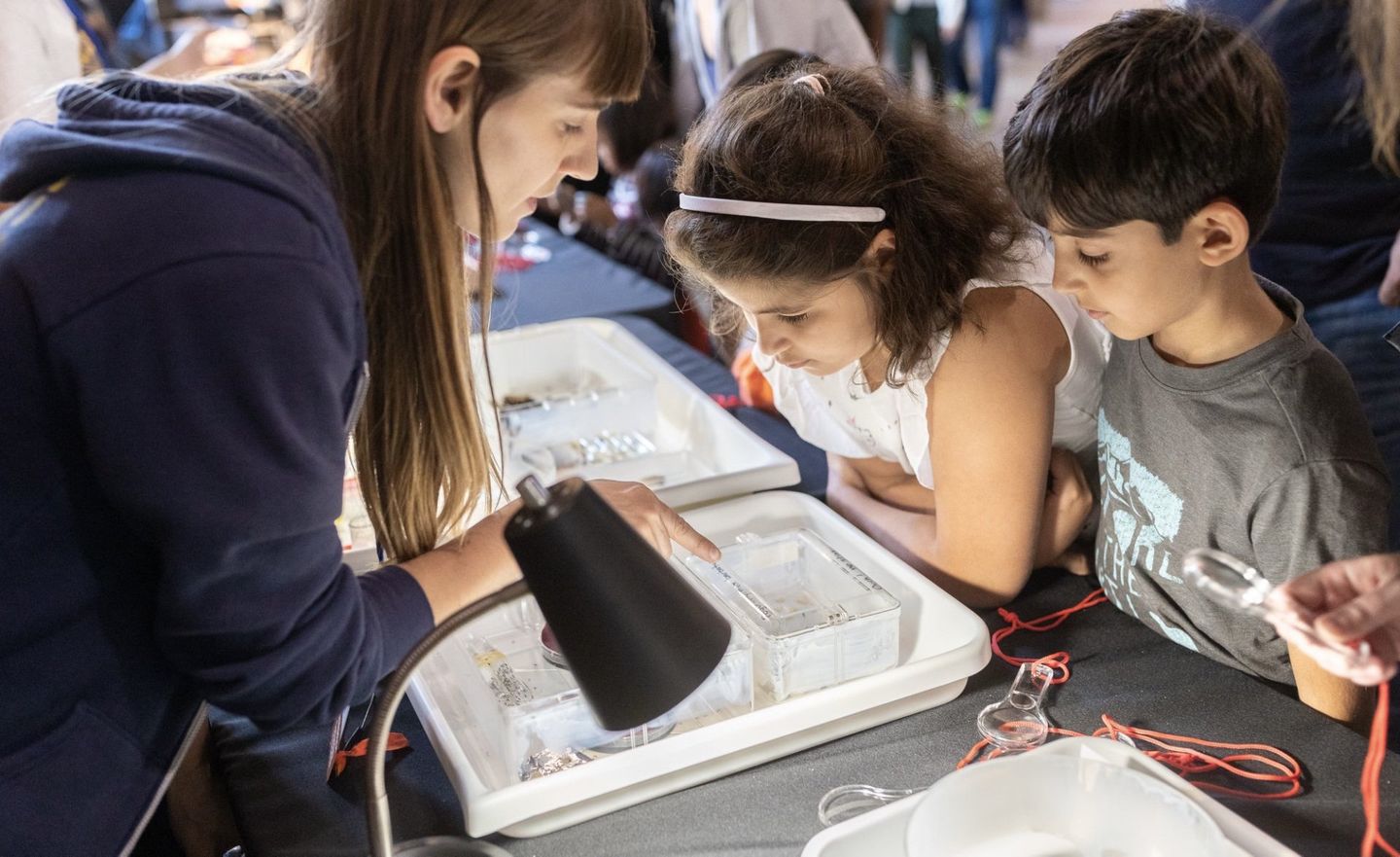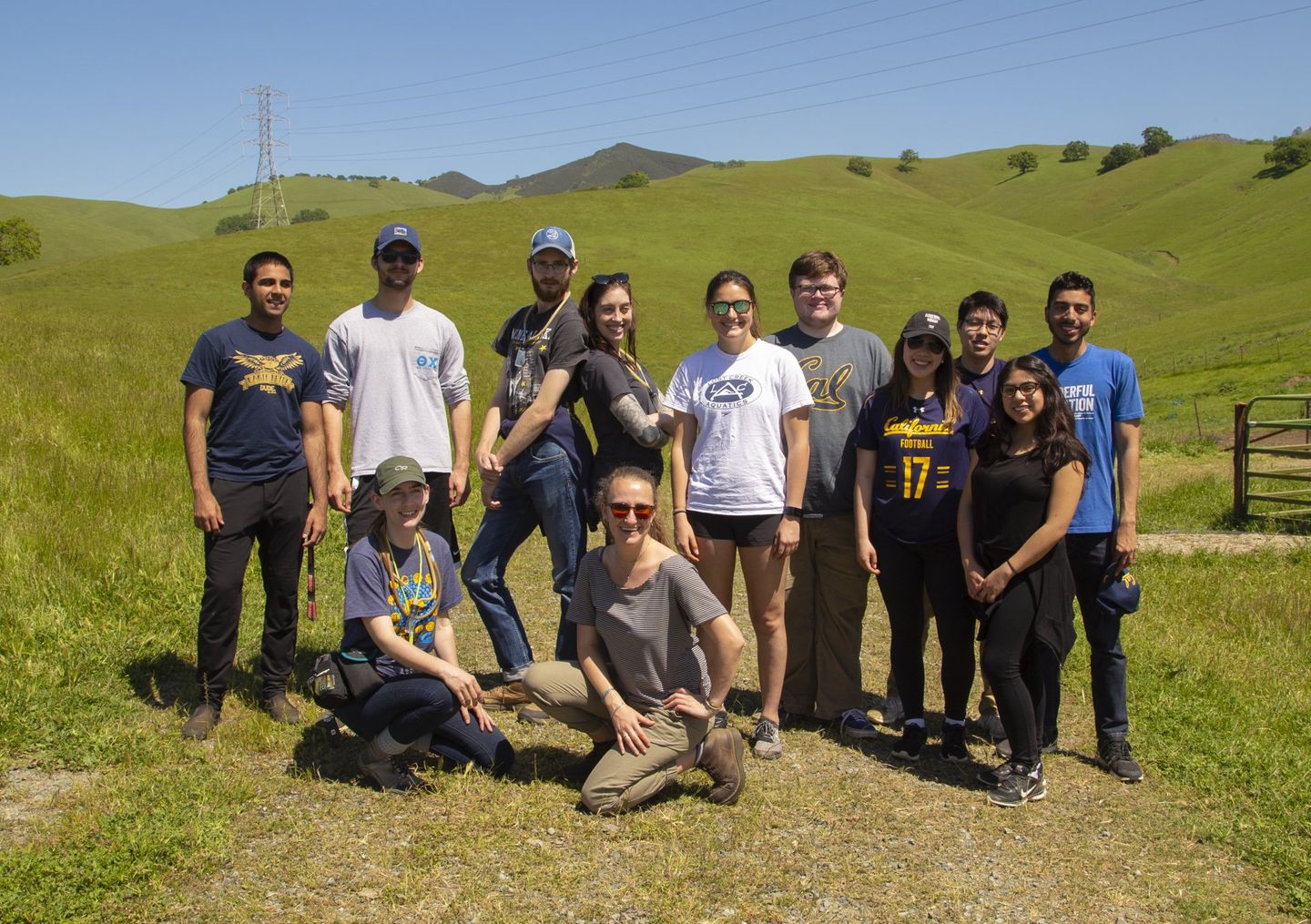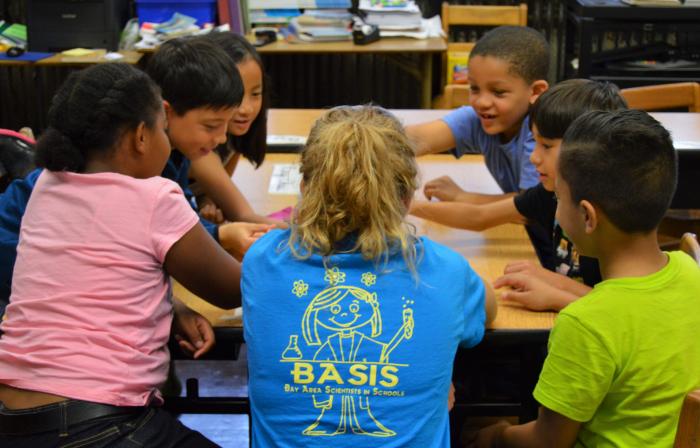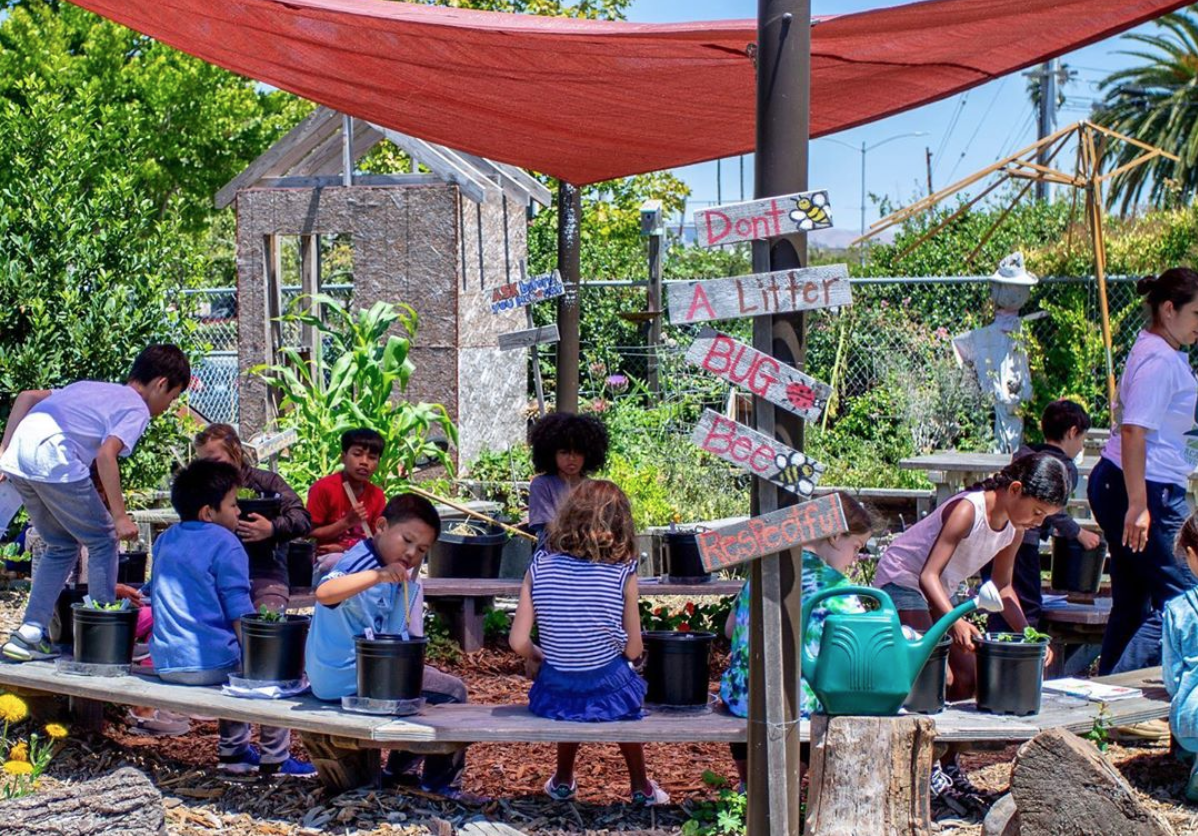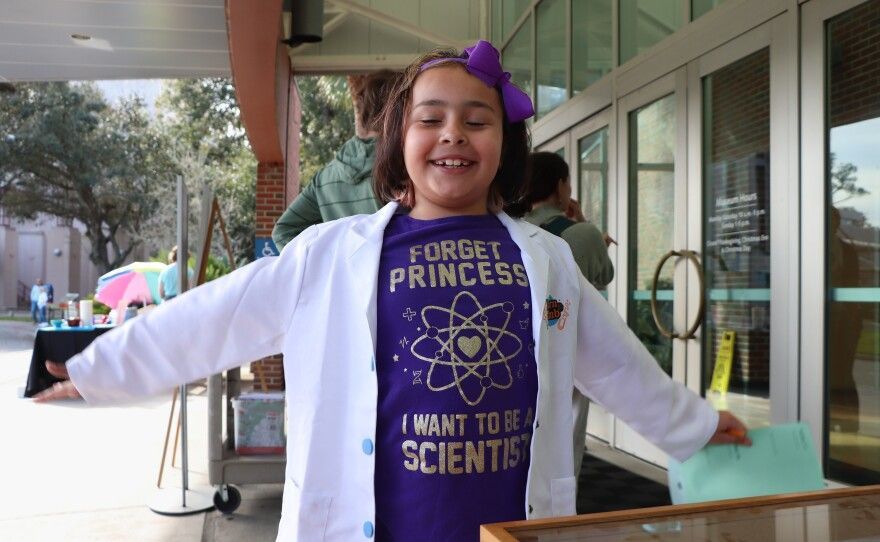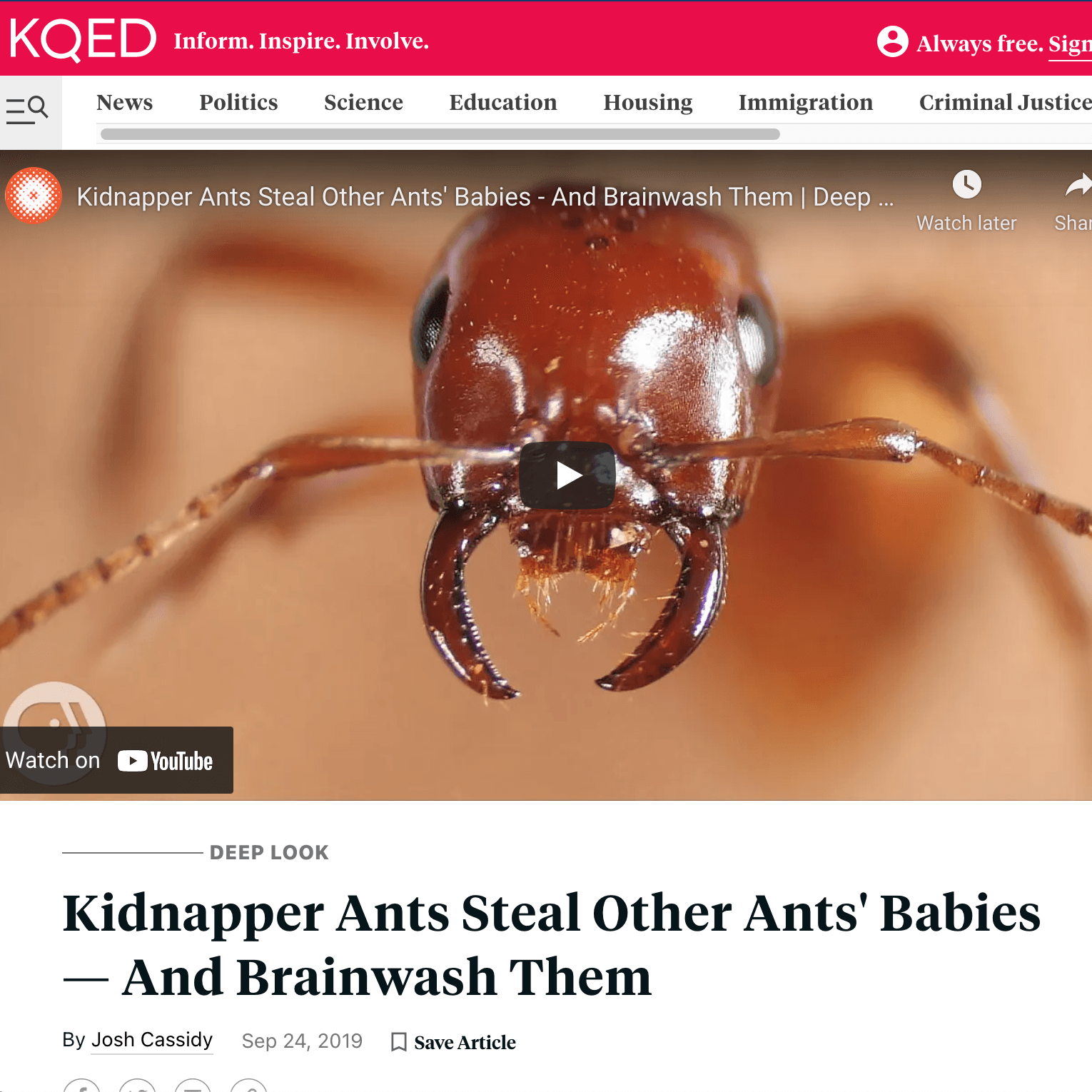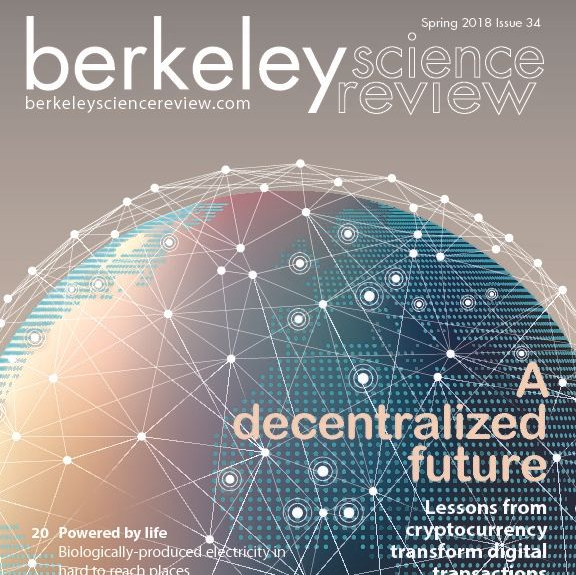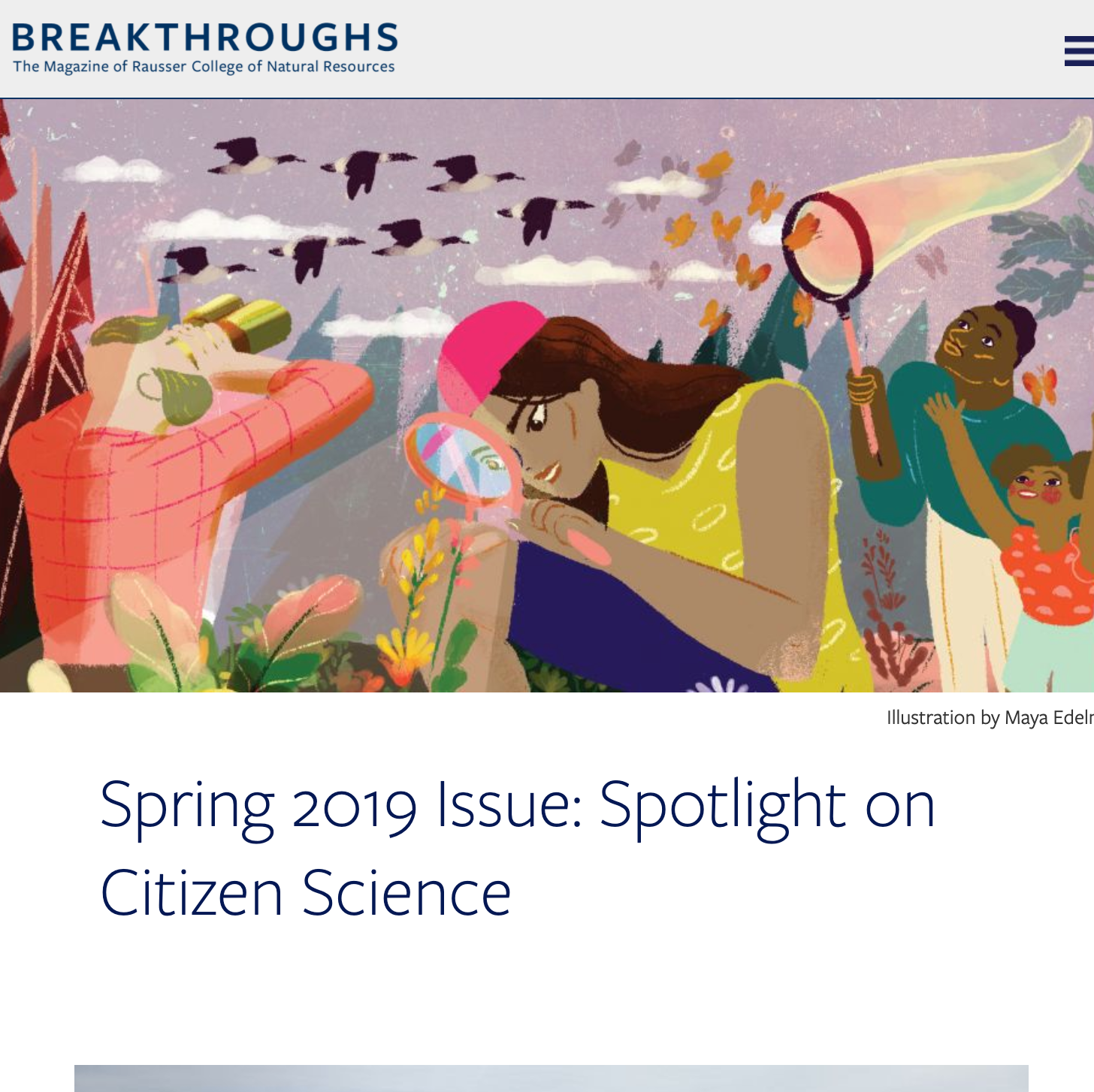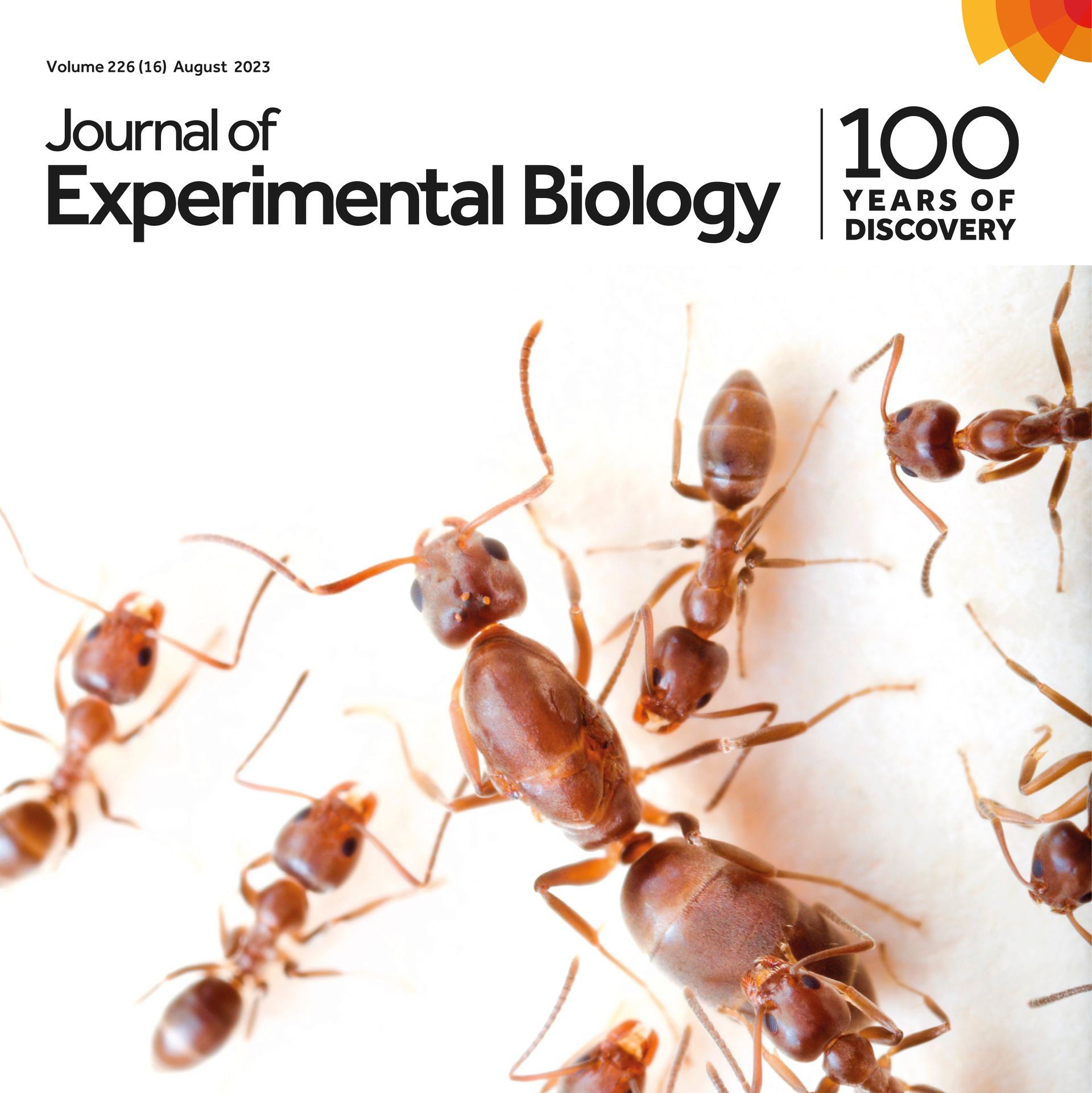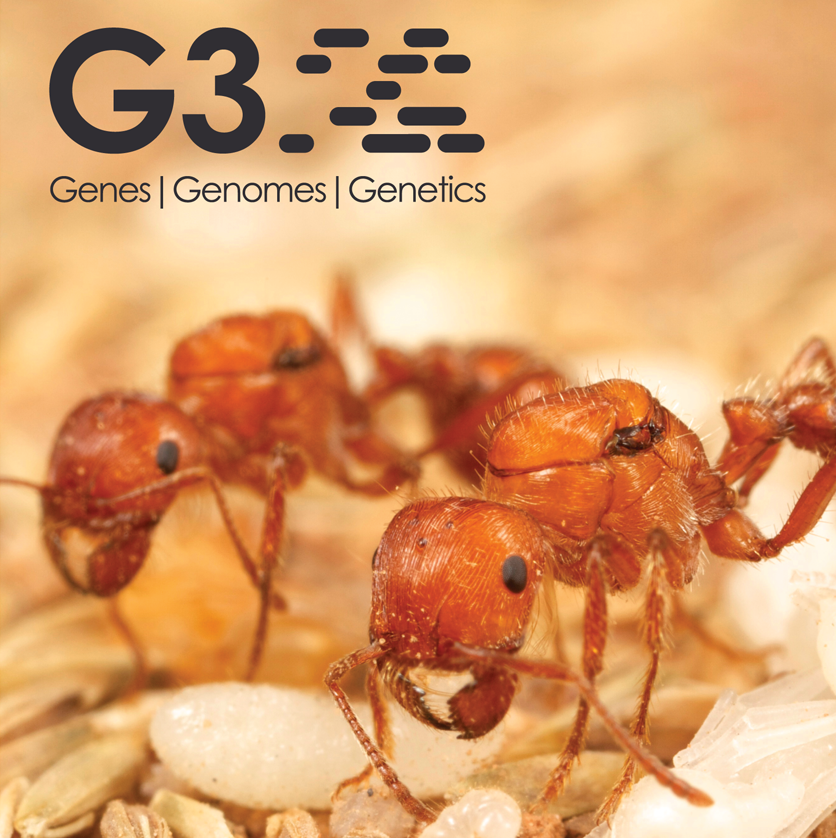Ecology & Evolution of Social Insects

About me
I am a research assistant scientist in the Engineering School of Sustainable Infrastructure & Environment at the University of Florida where my research centers broadly around the ecology and evolution of social insects. I am especially interested in the diversity, function, and evolution of traits involved in communication and group living in both native and introduced ant species. My work uses an integrative approach by combining methods in chemical ecology, behavior, genomics, and functional genetics.

Research topics
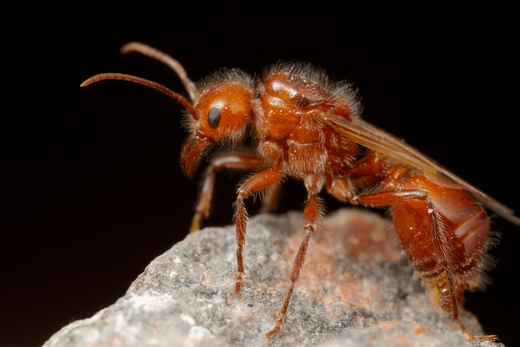
Pheromone evolution
& function
Ants have often been described as "walking chemical factories," and their use of pheromones is a key feature of their social communication. Pheromones range in function from recognition systems (cuticular hydrocarbons), to resource exploitation (trail pheromones), to mate attraction (sex pheromones), among others. Additionally, many pheromones are thought to have derived from more basic non-communicative functions. Identifying the diversity and roles of pheromones will help our understanding of social insect evolution and how they contribute to a species' success.
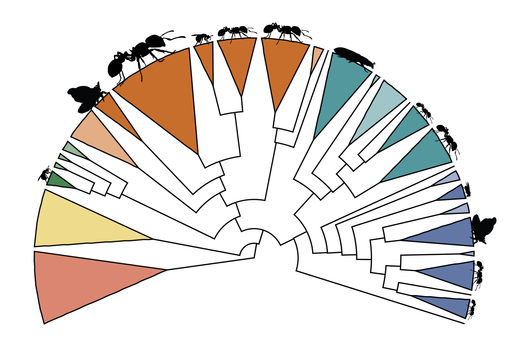
Desaturase gene families
Insect desaturases are particularly interesting for their role in chemical communication and potential contribution to speciation, symbioses, and sociality. To understand more about their evolution and function, I study the acyl-CoA desaturase gene families of insects, with a special focus on social Hymenoptera. Recent phylogenetic reconstruction of the insect desaturases has revealed an expanded clade in ants as well as a clade linked to pheromone biosynthesis in other insects. Building on these findings, my research uses experimental genetic approaches (e.g., RNA interference) to link desaturase genes to chemical phenotypes in ants.

Nestmate recognition &
territoriality
To reduce the costs of territoriality, organisms often restrict aggression to those who pose the greatest threat. A growing body of evidence shows that some group-living animals exhibit territorial relationships, e.g., the "nasty neighbor" phenomenon, whereby groups behave more aggressively towards neighboring groups than distant groups. In this line of research, I am interested in understanding how prior experience, associative learning, and chemical cues affect territorial behaviors.
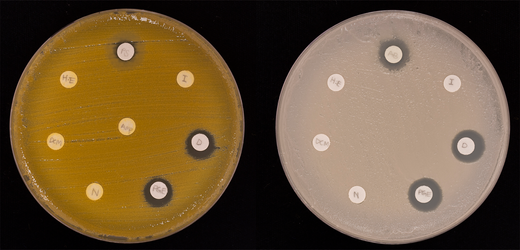
Collective immunity
Social group living, while beneficial in many respects, also comes with costs of heightened risk of pathogen exposure and spread. How social insects deal with the variety of challenges that different environments pose has long been of interest in socio/biological research. Through this work, I investigate the diversity and function of natural antibiotics produced by ants and their role in social hygiene and immunity.
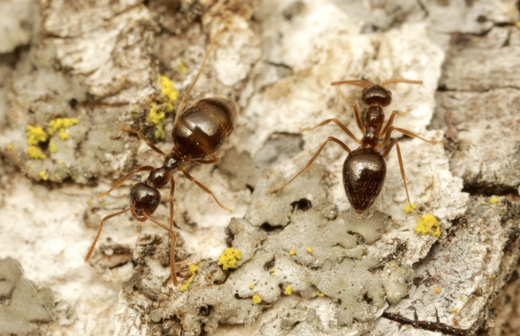
Conservation genomics
An important foundation of conservation biology is to have a strong understanding of the diversity and distribution of species around the world. Therefore, building comprehensive datasets is necessary to inform future decisions about species and habitat protections. As part of the California Conservation Genomics Project (CCGP), I am currently generating reference genomes and large-scale population genomic datasets for three California native ant species: the bicolored carpenter ant (Camponotus vicinus), the winter ant (Prenolepis imparis, pictured), and the kidnapper ant (Polyergus mexicanus).
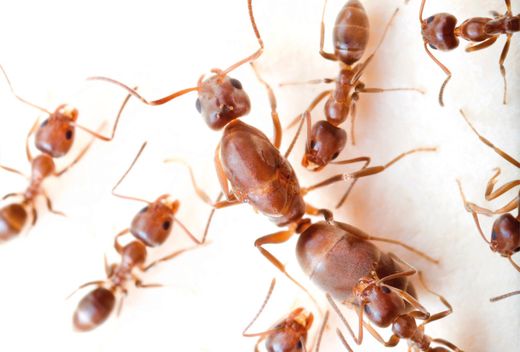
Invasion biology
Invasive ants like the Argentine ant (Linepithema humile, pictured) can have significant ecological impacts, as these species often disrupt ecosystems and outcompete native ant populations. By studying their behavior and biology, we can develop effective strategies for controlling and mitigating harm to biodiversity. Additionally, invasive ants pose economic threats, as they can damage crops, infrastructure, and even impact human health (e.g., Fire ant stings), making thorough research essential for devising informed management plans.
Publications
Cash EI, Ward PS, Escalona M, Sahasrabudhe R, Miller C, Toffelmier E, Fairbairn C, Seligmann W, Shaffer HB, and Tsutsui ND. (2024) Genome assembly of the winter ant, Prenolepis imparis. Journal of Heredity esae066. https://doi.org/10.1093/jhered/esae066
Cash EI, Escalona M, Ward PS, Sahasrabudhe R, Miller C, Toffelmier E, Fairbairn C, Seligmann W, Shaffer HB, and Tsutsui ND. (2024) Reference genome of the kidnapper ant, Polyergus mexicanus. Journal of Heredity esae047. https://doi.org/10.1093/jhered/esae047
Ward PS, Cash EI, Ferger K, Escalona M, Sahasrabudhe R, Miller C, Toffelmier E, Fairbairn C, Seligmann W, Shaffer HB, and Tsutsui ND. (2024) Reference genome of the bicolored carpenter ant, Camponotus vicinus. Journal of Heredity 115(1):120-129. https://doi.org/10.1093/jhered/esad055
Whyte BA, Sandidge R, Buellesbach J,
Cash EI, Scheckel KJ, Gibson JD, and Tsutsui ND. (2023) The role of body size and cuticular hydrocarbons in the desiccation resistance of invasive Argentine ants (Linepithema humile).
Journal of Experimental Biology 226(16): jeb25578.
https://doi.org/10.1242/jeb.245578
Pomerantz A, Siddique RH, Cash EI, Kishi Y, Pinna C, Hammar K, Gomez D, Elias M, Patel NH. (2021) Developmental, cellular, and biochemical basis of transparency in the glasswing butterfly Greta oto. Journal of Experimental Biology 224(10): jeb237917. https://doi.org/10.1242/jeb.237917
Dennis AB, Ballesteros GI, Robin S, Schrader L, ...Cash E (11/39 authors), ...and Gadau J. (2020) Functional insights from the GC-poor genomes of two aphid parasitoids, Aphidius ervi and Lysiphlebus fabarum. BMC Genomics 21: 376. https://doi.org/10.1186/s12864-020-6764-0
Oeyen JP, Benoit JB, Beukeboom L, ...Cash E (7/84 authors), …and Niehuis O. (2020) Draft genomes of two sawflies reveal evolutionary acquisitions that fostered the megaradiation of parasitoid and eusocial Hymenoptera. Genome Biology and Evolution evaa106. https://doi.org/10.1093/gbe/evaa106
Buellesbach J, Whyte BA , Cash E, Gibson JD, Scheckel KJ, Sandidge R, & Tsutsui ND. (2018) Desiccation resistance and micro-climate adaptation: Cuticular hydrocarbon signatures of different Argentine ant supercolonies across California. Journal of Chemical Ecology 44:1101-1114. https://doi.org/10.1007/s10886-018-1029-y
Buellesbach, J, Cash E, and Schmitt T. (2018) Communication, Insects. In Swanson P & Skinner MK (Eds.), Encyclopedia of Reproduction, 2nd Edition, Volume 6: Comparative Reproduction (pp. 78-83). Academic Press.
Helmkampf M†, Cash E†*, and Gadau J. (2015) Evolution of the insect desaturase genes with an emphasis on social Hymenoptera. Molecular Biology and Evolution 32:456–471. †These authors contributed equally to this work. *Corresponding author. https://doi.org/10.1093/molbev/msu315
Simola DF, Wissler L, Donahue G, …Cash E (18/38 authors), …and Gadau J. (2013) Social insect genomes exhibit dramatic evolution in gene composition and regulation while preserving regulatory features linked to sociality. Genome Research 23: 1235-1247. https://dx.doi.org/10.1101%2Fgr.155408.113
Gibson JD, Niehuis O, Peirson BRE, Cash EI, and Gadau J. (2013) Genetic and developmental basis of F2 hybrid breakdown in Nasonia. Evolution 67: 2124-2132. https://doi.org/10.1111/evo.1208
Smith CR, Smith CD, Robertson HM, Helmkampf M, Zimin A, Yandell M, Holt C, Hu H, Abouheif E, Benton R, Cash E, et al. (2011) Draft genome of the red harvester ant Pogonomyrmex barbatus. PNAS 108:5667–5672. https://doi.org/10.1073/pnas.1007901108
Smith CD, Zimin A, Holt C, Abouheif E, Benton R, Cash E, Croset V, Currie CR, Elhaik E, Elsik CG, et al. (2011) Draft genome of the globally widespread and invasive Argentine ant (Linepithema humile). PNAS 108:5673–5678. https://doi.org/10.1073/pnas.1008617108
Suen G, Teiling C, Li L, …Cash E (9/49 authors), …and Currie CR. (2011) The genome sequence of the leaf-cutter ant Atta cephalotes reveals insights into its obligate symbiotic lifestyle. PLoS Genetics 7: e1002007. https://doi.org/10.1371/journal.pgen.1002007
Teaching
Instructor
University of Florida
Course-based Undergraduate Research Experience, Spring 2025
Research based course on the genetic and genomic basis of insect chemical communication
Analytical Chemistry, Spring 2025
Lecture and lab based course on analytical chemistry techniques in environmental engineering sciences
Bite Me? Insects as Disease Vectors, Fall 2024
UF Quest online: course on arthropod-borne diseases in humans
Arizona State University
InnovationSpace, Fall & Spring 2013 - 2015
Principles of biomimicry: trained students how to apply biomimicry to real-world problems in a year-long, project-based, interdisciplinary (design, engineering, business, and sustainability), course.
Guest Lecturer
Georgia Southern University
Entomology, Fall 2023
Lecture topic: social insects & chemical communication
Guest Lecturer (continued)
University of California, Berkeley
Insects and Human Society, Spring 2018 - 2023
Lecture topic: social insects
Insect Behavior, Fall 2016 & 2020
Lecture topic: research methods in insect behavior
Molecular Approaches to Environmental Problem Solving, Spring 2018 & 2019
Panel discussion topic: postdoctoral research experience
Teaching associate
Arizona State University
Organic Evolution, Summer 2013 - 2016
Principles of organic evolution: core course for biology majors
General Entomology, Fall 2011 & 2012
Laboratory: upper level course for biology majors
General Biology I, Spring 2011
Evolution and ecology track: intro course for biology majors
General Biology II, Spring 2012
Molecular and cellular biology track: intro course for biology majors
Genetics, Fall 2010
Principles of genetics: core course for biology majors
Introductory Biology, Fall 2009
Core course for non-biology majors
Community outreach
Journal covers
Journal of Experimental Biology - Volume 226, Issue 16
ButtonContact
Interested in research experience or a collaboration? I’d love to hear from you! Please email me (e.cash@ufl.edu) or send a message using the form below.


